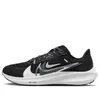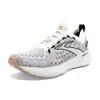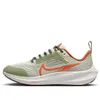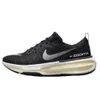I use these 5 strength exercises for runners to boost my training and avoid injury
Boost your running performance
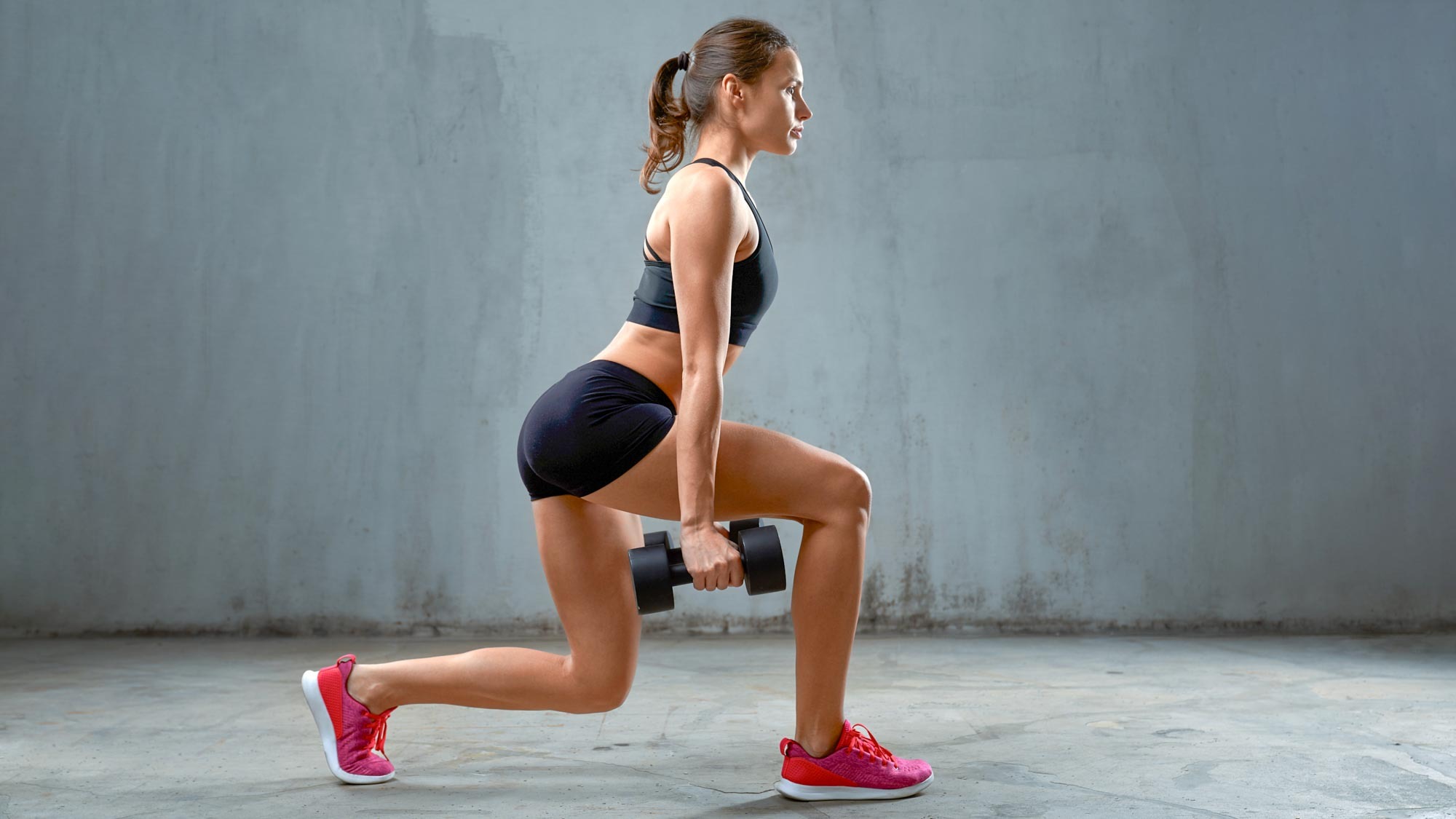
If you love running but find yourself frequently falling victim to injury and having to frustratedly break from running for prolonged periods, there's a good chance you are missing an important part of training. No matter how experienced a runner you are, one of the most beneficial ways to avoid running injuries is to strength train.
I'm currently training for a marathon and know how time consuming the running part can be never mind other forms of training. So I've put together a list of five exercises that I rely on to prevent injury and enhance my running economy. With the help of run coach Helen Gaunt, you will find a list of helpful strength exercises for runners including how to perform them and where they target.
You don't need to work with weight but it will help with your strength gains. I try to incorporate a mix of bodyweight, barbell and free weights into my overall training but I especially like to work with kettlebells which you will notice with the exercises below. This is because kettlebell exercises for runners often involve multi-joint movements that mimic the natural movements used in running, such as hip hinges, lunges, and squats.
5 strength exercises for runners to boost performance and avoid injury
As a rough guide you should aim to complete eight to twelve reps of each exercise and around two to three sets should be adequate. Perform the total number of reps on each leg for the single leg exercises.
And remember, you are not training to be Mr Muscle, you are training to build stronger and more resilient muscles for running. If you focus more on the volume of weight you are training with instead of the form and quality of your exercise then you are going to be battling with painful delayed onset muscle soreness (DOMS) when you try to complete your runs.
1. Kettlebell single leg deadlifts
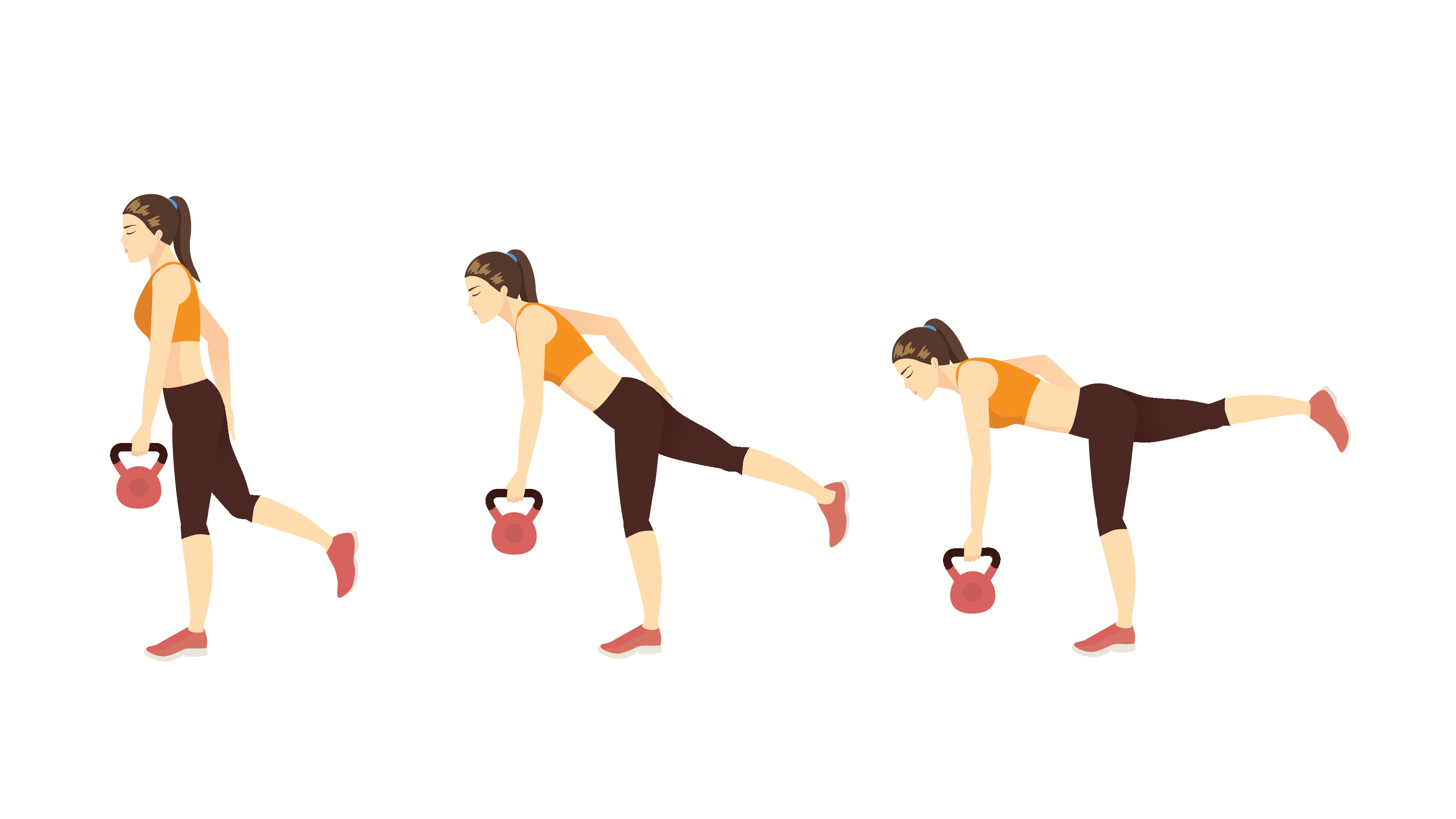
- Stand upright with your feet hip-width apart, holding a kettlebell in your right hand. Shift your weight onto your left foot and slightly bend the knee.
- Slowly hinge forward at your hips, extending your right leg straight behind you. Lower the kettlebell toward the ground while keeping your back flat and chest lifted.
- Lower the kettlebell until your torso is parallel to the ground or until you feel a stretch in your hamstrings.
- Engage your left glute and hamstring to return to the starting position, squeezing your glutes at the top of the movement.
- Perform the desired number of repetitions on one leg before switching to the other side.
Gaunt tells us that this kind of exercise improves our single leg stability which helps with streamlining the running action for running efficiency. The single leg deadlift benefits muscle building for strength and power to help improve speed work and hill running. "Using kettlebell free weight helps strengthen core and upper body too - all contributing to running efficiency," she adds.
2. Kettlebell hip marches
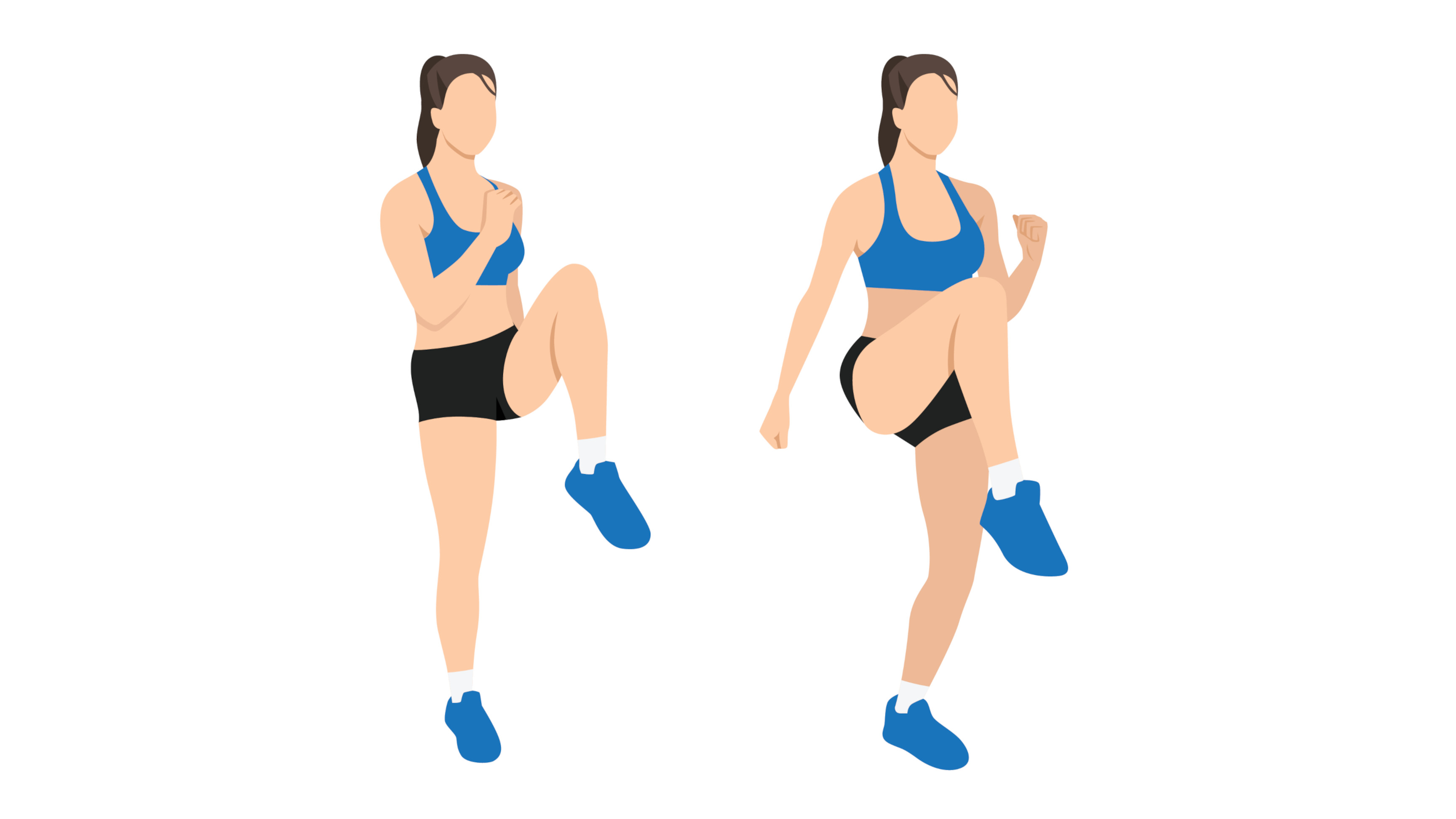
- Begin by standing with your feet hip-width apart. Now loop the kettlebell handle over one foot, securing it firmly in place.
- Lift the leg with the kettlebell looped over the foot, bringing the knee up toward your chest while keeping the torso upright.
- From here, lower the lifted leg back down toward the ground in a controlled manner, tapping the toes on the ground before lifting it back up toward the chest. Repeat this movement for the desired number of repetitions.
- After completing the set number of repetitions on one side, switch the kettlebell to the opposite foot and repeat the marching movement with the other leg.
"Kettlebell hip marches strengthen the glutes," says Gaunt, "Placing weight on the hips intensifies loading on the legs (glutes quads, hamstrings, calves). You can improve the move by marching on the heels and putting a resistance band around the legs above the knees to isolate the glutes further."
I did kettlebell hip marches every day for a week last year and also found this exercise to be an excellent one for strengthening the hip flexors, another very important group of muscles for runners.
Get instant access to breaking news, the hottest reviews, great deals and helpful tips.
3. Dumbbell reverse lunges

- Stand tall with a dumbbell in each hand at your sides. Relax your shoulders and engage your core.
- Step backward with your right foot and try to land on the ball of your foot as you lower your right knee toward the ground. Your left knee should be bent at a 90-degree angle, with your thigh parallel to the ground.
- Press through the heel of your left foot to return to the starting position. Use the muscles in your left leg and glutes to lift yourself back up.
- Perform the desired number of repetitions on one side before switching to the other side.
According to Gaunt a reverse lunge is especially useful for those with knee niggles. "This move also helps with eccentric loading, and targets the glutes, the quads, and hamstrings."
"Lunges are a useful move to mimic the running action, bringing the knee forwards up and through, whilst moving the opposite arms in a running motion. You will also build single leg strength and stability as you work on your balance with this move."
5. Step-ups
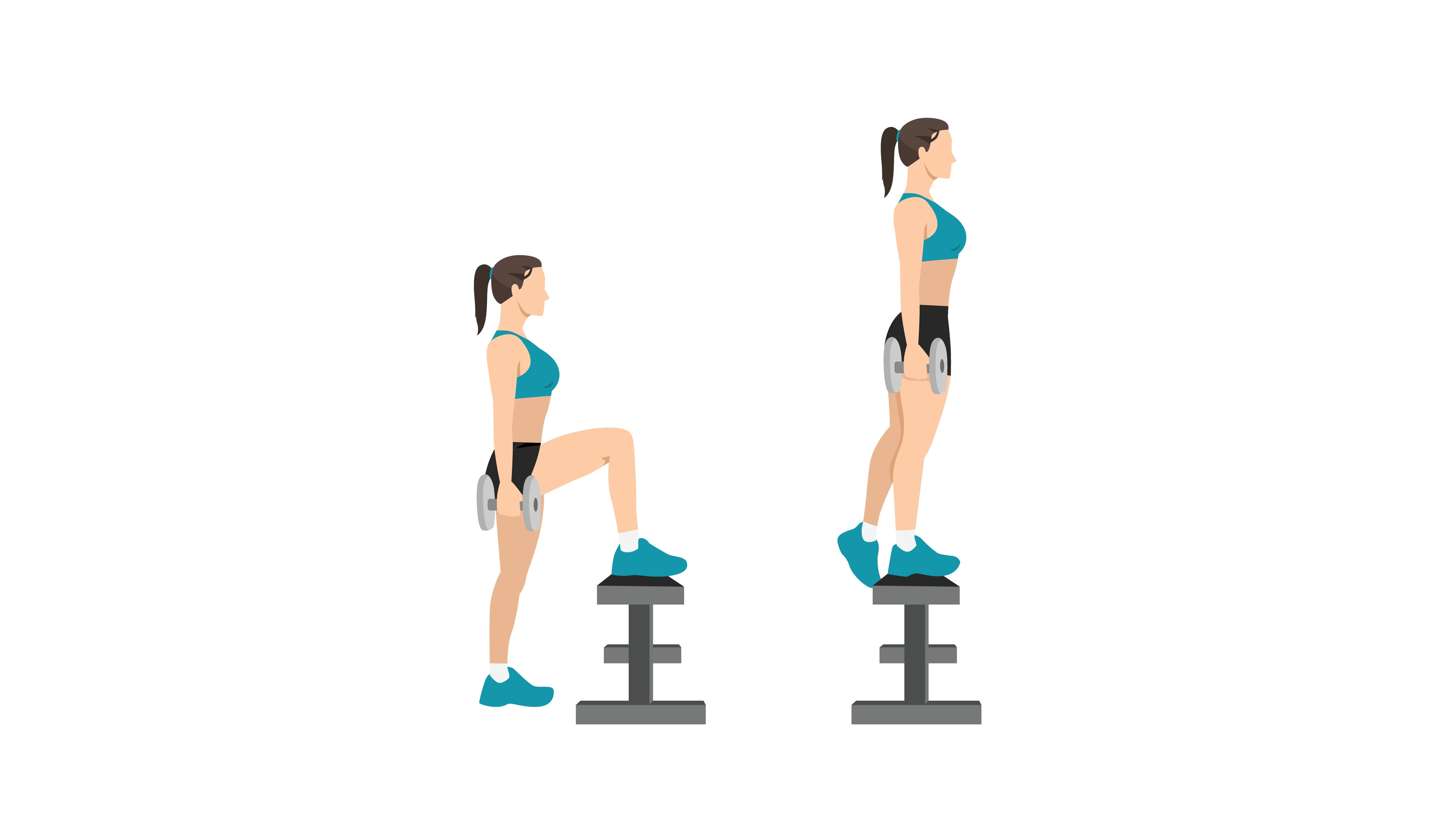
- Begin by standing in front of a sturdy bench or platform. If you want to perform this exercise with weights, hold either two dumbbells or kettlebells in each hand with your arms hanging at your sides.
- Place your right foot firmly on the center of the bench. Press through your right heel and engage your right glute to lift your body onto the bench.
- Extend your right leg at the top of the movement, straightening your knee without locking it. Your left foot should remain lifted off the ground.
- Lower your body back down to the starting position, tapping your left foot on the ground beside the bench.
- Perform the desired number of repetitions on one leg before switching to the other leg.
Gaunt says step ups are a great move for runners to incorporate into your strength and conditioning routines. She recommends the forward variation as described above for helping to promote a greater knee lift and for building muscle strength and power for speed or hill work.
She also suggests incorporating step downs into your training. "Stepping off the step and back up will help eccentric loading - a key preparation for downhill running."
"The other variation is side steps off the step, working on one leg at a time moving up and down. This helps to strengthen the hips and improve mobility, making you more robust," Gaunt explains, "Especially useful for trail running where variation in terrain and direction adds challenges for the body."
5. Anterior tibialis raises
- Stand with your back against a wall and your feet positioned one to two steps away from the wall.
- Ensure you have a strong foot grip to prevent your feet from sliding away from you.
- Contract and hold the muscles on the fronts of your thighs by drawing your kneecaps up towards your hips.
- Now lean slightly forward from your hips and begin to pull your toes as high as you can towards your shins, and lower them back down again. Repeat.
"Anterior tibialis raises are a simple and powerful knee strengthening exercise and are a useful move to reduce the risk of shin splints," says Gaunt. Overall, the exercise helps you to build muscle for stronger calves.
Gaunt adds, "Having strong calf muscles and knees, in turn, reduces the risk of niggles referring up the kinetic chain for example, in the sciatic nerves along the hamstrings, or issues further up in the hips, back and shoulders."
More from Tom's Guide
- Does running build muscle?
- How to warm up for a run — 5 running coach-approved exercises
- Yoga for runners: This six-move routine boosts flexibility and builds stronger muscles
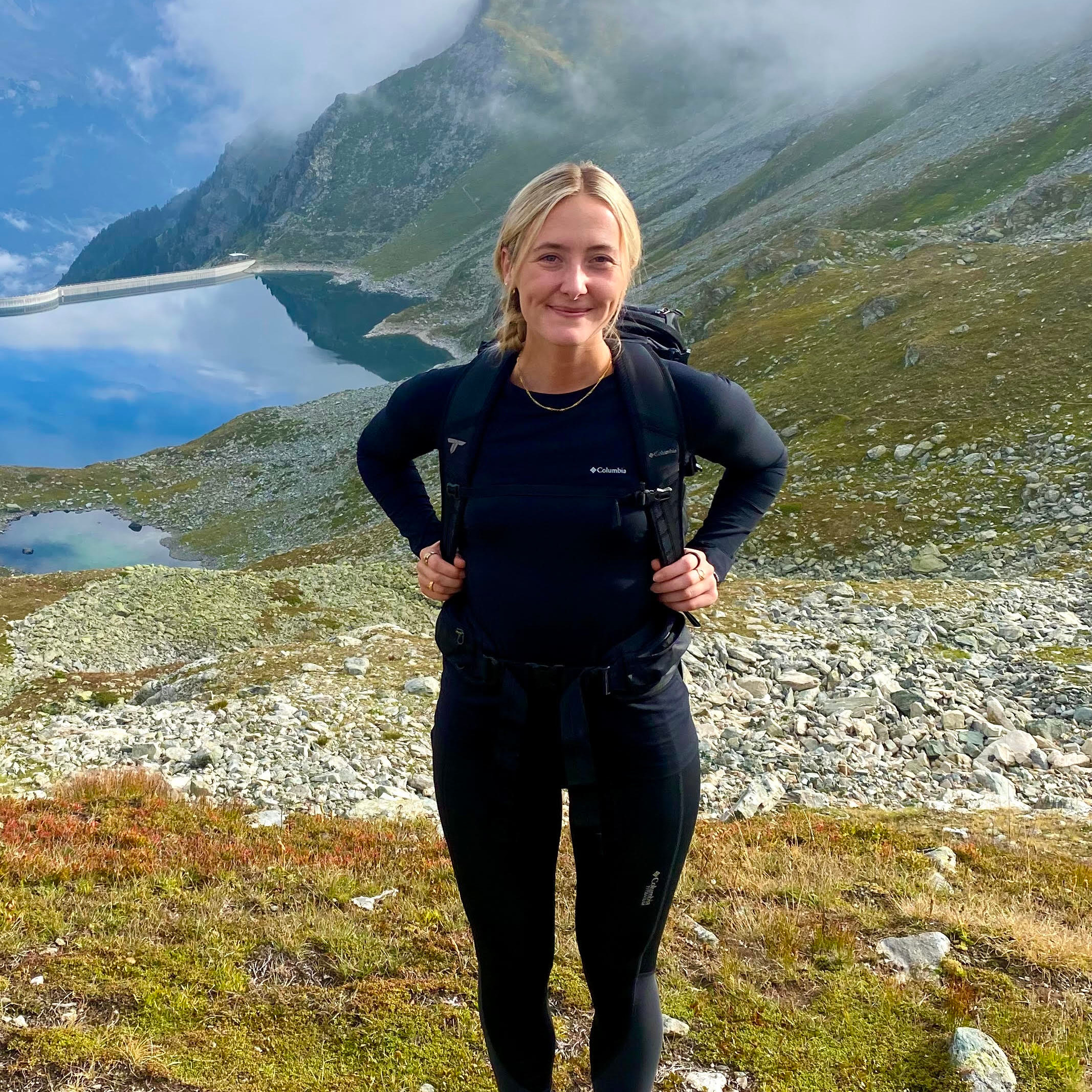
Jessica has been a fitness writer at Tom’s Guide since 2023, bringing three years of experience writing about health, fitness, and the great outdoors. Her passion for exercise began during her childhood, where she spent weekends hiking and competing in local athletics club events. After earning a master’s degree in journalism from Cardiff University, Jessica found the perfect way to combine her love of storytelling and fitness into a career.
Jessica is passionate about testing fitness gear and tech, using her reviews to help readers make informed buying decisions. She ran her first marathon in April 2024, finishing it in 3 hours and 48 minutes. Through her training, she’s developed a deep understanding of what it takes to grow as a runner, from effective workouts and recovery techniques to selecting the right gear for every challenge.
When she’s not at her desk, Jessica enjoys spending time in the kitchen crafting new recipes, braving cold water swims and hiking.

